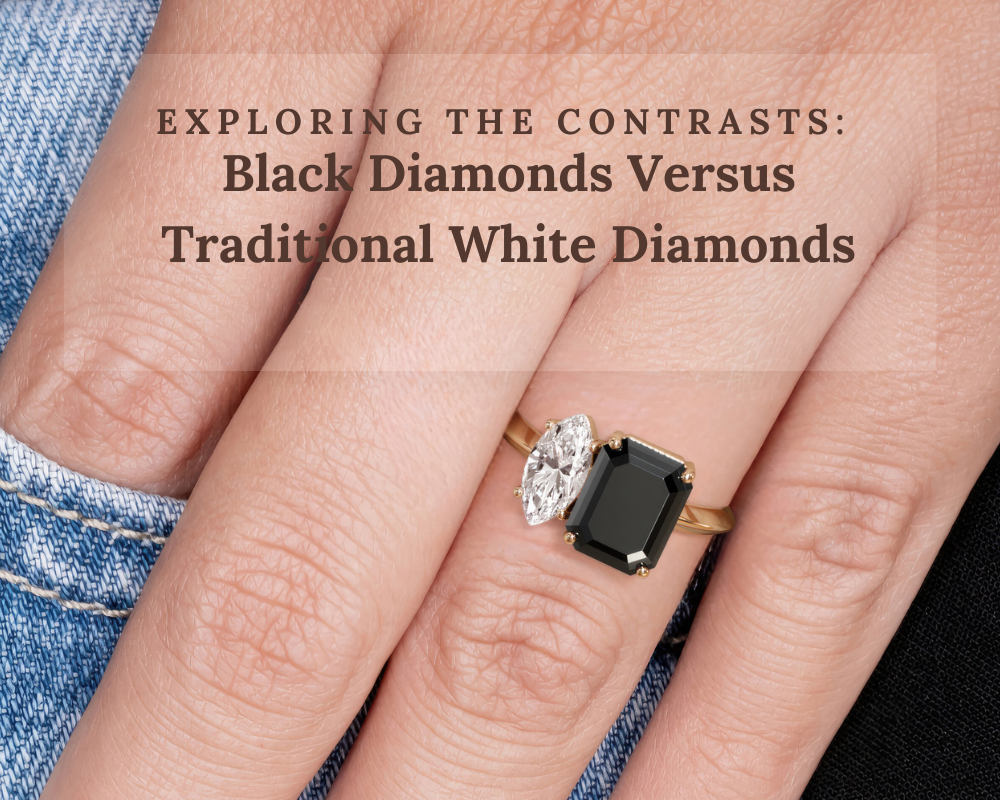
Exploring the Contrasts: Black Diamonds Versus Traditional White Diamonds
Diamonds have long been a symbol of luxury, elegance, and everlasting love. However, within the realm of these precious gemstones, there exists a fascinating duality between traditional white diamonds and their darker counterpart, black diamonds. While both share the allure of diamonds, they each possess unique characteristics that set them apart. In this exploration, we delve into the distinct qualities of black diamonds versus traditional white diamonds, examining their symbolism, rarity, and design possibilities.
Symbolism:
White diamonds have been cherished for centuries as symbols of purity, clarity, and eternal love. They are often chosen for engagement rings and other meaningful jewelry to represent the timeless bond between two individuals. White diamonds are associated with traditional values and are deeply ingrained in cultural norms surrounding romance and commitment.
On the other hand, black diamonds exude an air of mystery and sophistication. Their dark hue is often interpreted as a symbol of strength, power, and individuality. Black diamonds defy convention and offer a unique alternative to traditional gemstones. They are favored by those who seek to make a bold statement and break away from conventional norms. Black diamonds are also believed to promote inner strength and resilience, making them increasingly popular in contemporary jewelry designs.

Rarity:
White diamonds are traditionally valued for their rarity and exceptional brilliance. The process of forming white diamonds deep within the earth's crust is a remarkable feat of nature, taking billions of years and precise conditions to create these sparkling gems. While white diamonds are still considered rare and highly sought after, advances in diamond mining and production have made them more accessible in recent years.
In contrast, black diamonds are significantly rarer than their white counterparts. Their unique coloration is caused by numerous dark inclusions, such as graphite or hematite, within the diamond structure. These inclusions give black diamonds their distinctive hue and make them one of the rarest varieties of diamonds available. Due to their scarcity, black diamonds often command higher prices and are coveted by collectors and connoisseurs alike.

Design Possibilities:
The color contrast between black and white diamonds opens up a world of creative design possibilities. Traditional white diamonds are prized for their versatility and ability to complement a wide range of settings, from classic solitaire rings to intricate vintage designs. Their brilliant sparkle and timeless elegance make them a timeless choice for jewelry lovers.
Black diamonds, on the other hand, add a touch of drama and edginess to any design. Their dark allure pairs beautifully with white diamonds, creating striking contrasts that captivate the eye. Black diamonds are increasingly featured in contemporary jewelry pieces, from sleek black diamond engagement rings to bold statement necklaces. Their versatility allows designers to experiment with unconventional shapes and settings, resulting in truly unique and avant-garde creations.
In conclusion, the comparison between black diamonds and traditional white diamonds reveals a fascinating interplay of symbolism, rarity, and design possibilities. While white diamonds embody classic elegance and timeless romance, black diamonds offer a modern twist with their bold and unconventional allure. Whether you prefer the traditional brilliance of white diamonds or the mysterious charm of black diamonds, both varieties exemplify the enduring beauty and allure of these exquisite gemstones.






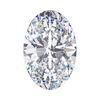
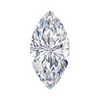

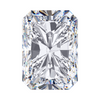
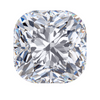




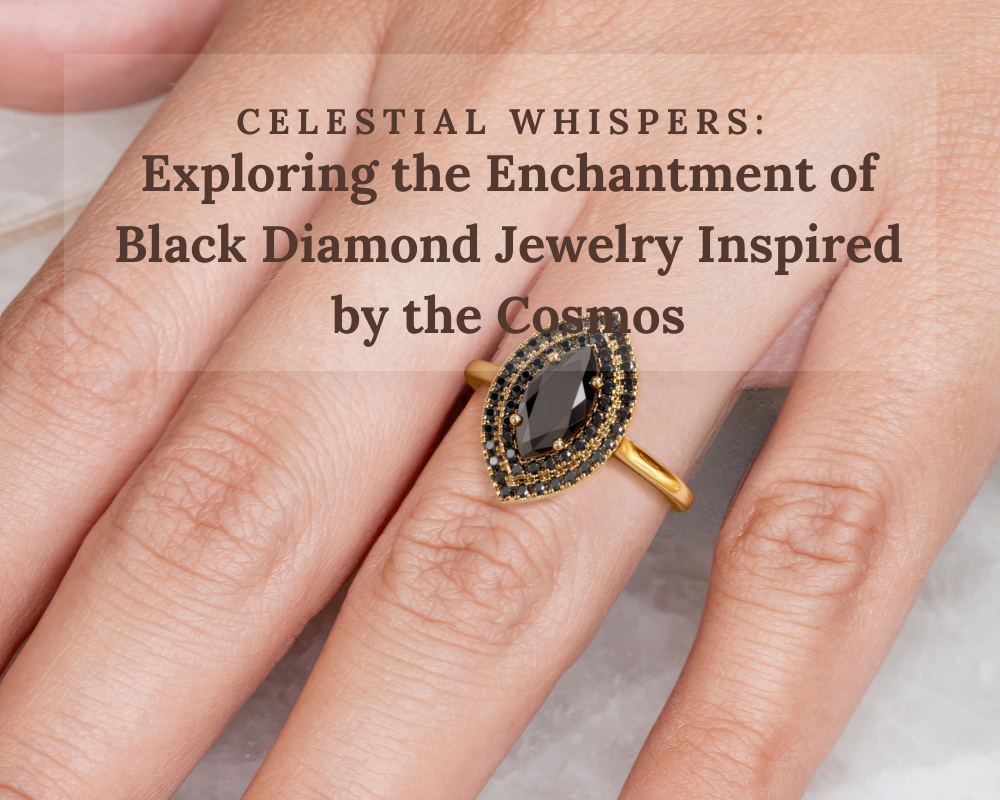
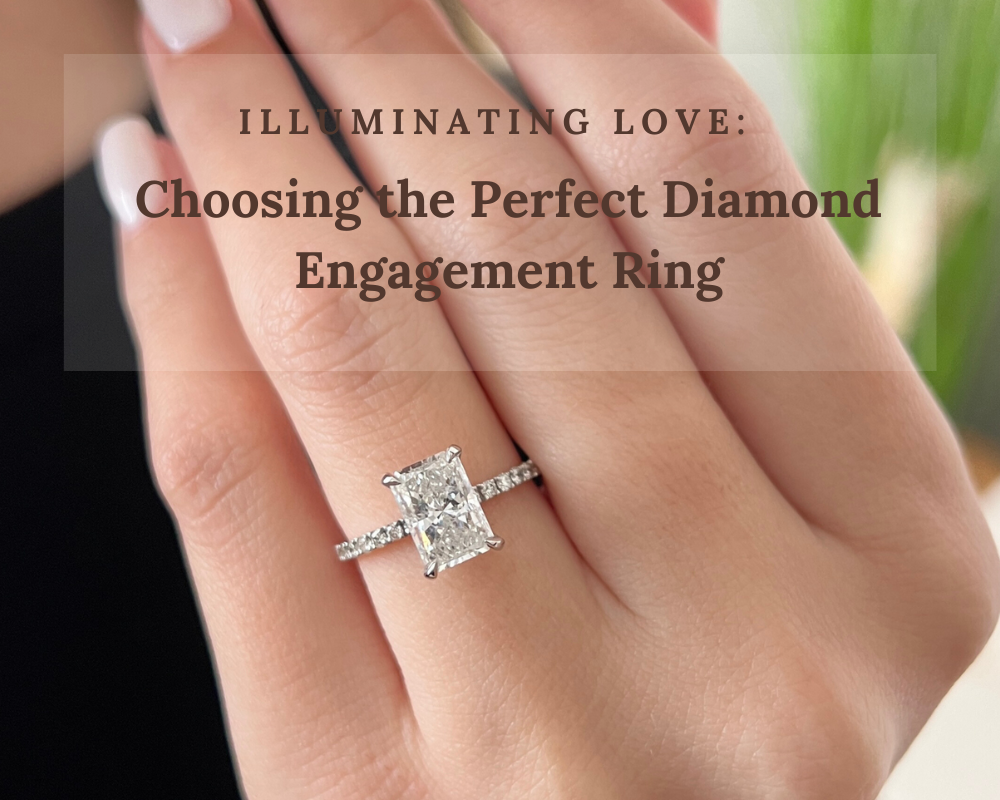
Leave a comment
This site is protected by hCaptcha and the hCaptcha Privacy Policy and Terms of Service apply.